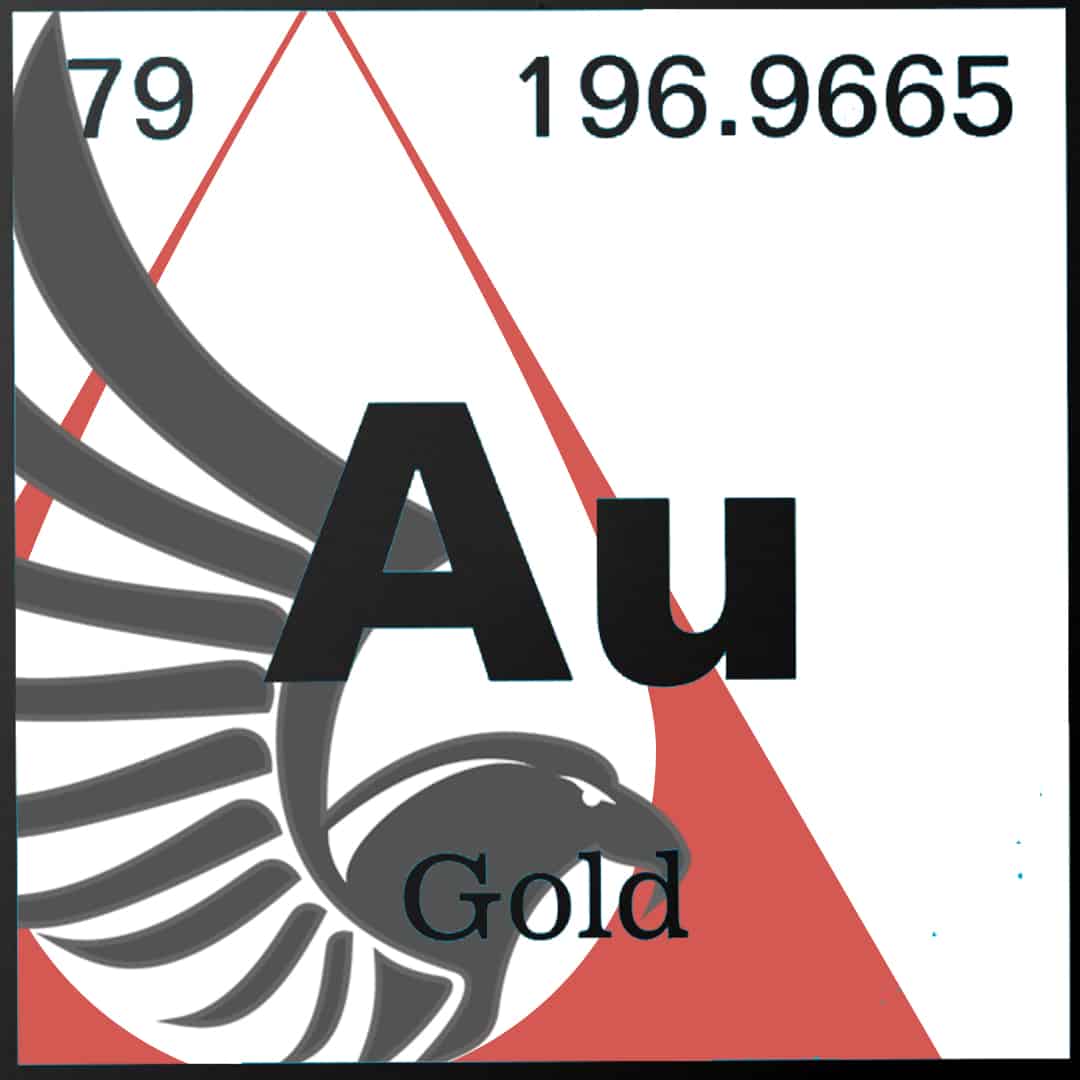Locatable minerals are claimable under the General Mining Act of 1872.

What are locatable minerals?
The General Mining Law of 1872, as amended, opened the public lands of the United States to mineral acquisition by the location and maintenance of lode and placer mining claims. Mineral deposits available for acquisition through this act are commonly called “locatable minerals.”
These minerals include both metallic minerals (gold, silver, lead, copper, zinc, nickel, etc.), nonmetallic minerals (fluorspar, mica, certain limestones and gypsum, tantalum, heavy minerals in placer form, and gemstones) and certain uncommon variety minerals.
Because of the way in which uncommon minerals are approved on a case by case basis by BLM mineral examiners, it is very difficult to prepare a complete list of locatable minerals. A determination that a variety of mineral is “uncommon” and subject to the General Mining Law is made by BLM Mineral Examiners on a case-by-case basis. Some of these uncommon variety locatable mineral cases are determined by project specific economics that can vary greatly from one location to another. For further research and reference, the BLM Mineral Examiners handbook is available for download here.
Starting in 1873, the United States Department of the Interior began to define locatable minerals as those that are:
(a) Recognized as a mineral by the standard experts,
(b) Are not subject to disposal under some other law, and
(c) Make the land more valuable for mining purposes than for agriculture.
Minerals that are normally locatable, but fall on lands acquired under the Acquired Lands Act of 1947 by the United States or found on American Indian reservations, are subject to lease only (43 CFR Group 3500). Locatable minerals under the General Mining Law of 1872, as amended, are generally preferred by most mining companies as they are protected by the act and are not subject to the same royalties and contracts that salable and leasable minerals are. Remember that locatable minerals need to be properly staked, filed, and maintained in order to be valid.
What are salable minerals?

Since July 23, 1955, common varieties of gravel, sand, stone, pumice, pumicite, common clay, and cinders were removed from the General Mining Law and placed under the Materials Act of 1947, as amended. The mining and use of salable minerals requires either a sales contract with the BLM or a free-use permit. Disposals of salable minerals from BLM administered lands are regulated by 43 CFR Part 3600.
Commercial operations purchase and mine salable minerals through a sales contract. The BLM may issue free use permits to a government agency or a non-profit organization. Unlike locatable minerals, which are always administered by the BLM, the Forest Service administers the disposal of salable minerals from National Forest System lands.
Generally, salable minerals are widespread, of low unit value, and are often used for construction or landscaping materials. Their value depends largely on market factors, quality of the material, availability of transportation, and transportation costs. The sales contracts for these salable minerals is determined on a case by case basis.
What are leasable minerals?
In the 1920’s the Federal Government began to lease fossil fuels and certain other minerals, this process continues today. Minerals that are subject to federal lease include oil and gas, oil shale, coal, geothermal resources, potash, sodium, native asphalt, solid and semisolid bitumen, bituminous rock, and phosphate. In Louisiana and New Mexico, sulphur is also a leasable mineral. Leasable minerals are generally awarded through a bidding process and are subject to a production royalty. More information about the administration and leasing of these minerals can be found in this document.
A simplified way to generally determine if a mineral is locatable.
While the differences between locatable, salable, and leasable minerals may seem a little complicated at first, it is actually relatively straightforward when broken down. The following guidelines are simplified, but true most of the time. What are locatable minerals? They are metals, nonmetallic industrial minerals, and uncommon varieties of salable minerals. What are salable minerals? They are common variety minerals that are generally used for building, construction, and other bulk applications. What are leasable minerals? They are generally minerals that are used for fuel, energy, and other chemical applications.
If in doubt about whether a mineral is locatable or not, research past BLM decisions. These previous decisions will give you a good idea of how they have ruled before on the mineral you are interested in locating.
